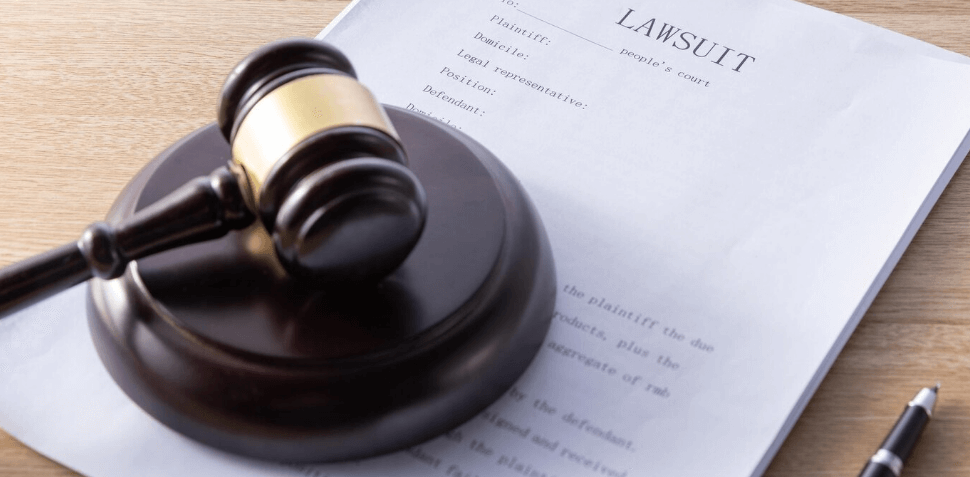Navigating the complexities of appealing a family law decision in Australia can be daunting. This article demystifies the process. We’ll provide a clear step-by-step guide to help you understand your rights, the necessary procedures, and what to expect as you seek to challenge a court’s ruling.
Navigating the complexities of appealing a family law decision in Australia can be daunting. This article demystifies the process. We’ll provide a clear step-by-step guide to help you understand your rights, the necessary procedures, and what to expect as you seek to challenge a court’s ruling.
How to Appeal a Court Decision?
After a court order finalises a matter (e.g. a property, parenting, or divorce order), either party may still appeal certain court decisions. Note that an appeal is not a rehearing of the dispute. For any appeal to succeed, you must convince the appellate court that the original judicial officer made an error.
The appellate court generally will not consider any information or evidence not put before the original judicial officer the first time around other than in exceptional circumstances. They also will not call any witnesses to give evidence.

- Check this out: What Are the Risks of DIY Vs Hiring Professional Family Lawyers?
Appeals in Family Law Vs Criminal Law
The Supreme Court of Queensland Act 1991 governs appeals in a Queensland criminal case case. Appeals are heard by a higher court than where the original decision was made. For example, the Supreme Court may hear appeals of decisions from the Magistrates Court or District Court.
In family law, appeals are covered by the Family Law Act 1975. Appeals of orders made by the Family Court are heard either by a single Family Court judge or a full court of three judges.
Step 1: Understand the grounds for appeal
To appeal court decisions successfully, you can’t just show that another judicial officer may have formed a different view or decided the case differently. You need to convince the court that the original judicial officer:
- Applied an incorrect principle of law;
- Put forward a finding of fact unsubstantiated with evidence; or
- Used their discretion to make a wrong decision (the judicial officer weighs various facts related to the decision and uses discretion when the case doesn’t depend on a fixed rule).
Step 2: File a Notice of Appeal
The notice of Appeal determines what issues the judge considers in the appeal. Any mistakes made on the Notice of Appeal will likely result in a failed appeal.
The Notice of Appeal must include the following points:
- What facts you are relying on to support the application;
- Whether the appeal is against the entire order or just a part. If it’s just a part, specify which part is being appealed;
- Why do you believe the original judgment should be subject to appeal? Which of the grounds of appeal specified in step one are you evoking?
- What solution are you seeking? Do you want the judge to make new orders or a new trial?
Leave to appeal
Sometimes, a party needs permission to seek an appeal, known as ‘leave to appeal’. Leave to appeal is required when appealing all interlocutory orders other than a child welfare matter. You must also seek leave when appealing a child support order.
Time limit
Generally, a Notice of Appeal must be filed within 28 days of the relevant orders being made.
File the notice
The Notice of Appeal should be filed with the National Appeal Registry via email. There is a filing fee unless an exemption covers you.
Step 3: Serve the Notice of Appeal on the other party
Once you’ve completed the Notice of Appeal, you must serve it on the respondent. The appeal can be served on the respondent themselves or their lawyer. You’ll need to serve them within 14 days of filing the form. You can serve the papers by post or hand. The server can be a professional process server, friend, or family member over 18. You cannot serve the papers yourself.
Cross-appeals
The respondent may file their own appeal if they believe the original judge made an error. This appeal must be served on the appellant or their lawyer. They must serve the cross-appeal within 14 days of being served by the appellant or within 28 days of the original order.
Step 4: Draft Index to the Appeal Book
You must file and serve a draft index to the appeal book within 28 days of filing the appeal. The draft index is all the relevant documents filed as part of the appeal. These documents form the appeal book.
Step 5: Procedural hearing
The Court will allocate a procedural hearing date after the appellant has filed the appeal book. These hearings are generally conducted by phone or Microsoft Teams rather than in person. This hearing will organise the following:
- Which parts of the appeal book will be turned into electronic form, usually by the appellant;
- The party responsible for obtaining, filing and serving the relevant parts of the transcript for the appeal. This is usually the appellant;
- The summary of the argument to be submitted by both parties, along with a list of authorities;
- The appeal hearing date, if known.
Step 6: Appeal hearing
The appeal hearing may occur in person but is usually conducted online or via video link. The appellant will make their oral argument to the judge/s, and the respondent will reply. The appellant then will have a limited opportunity to respond. Both parties can direct the judge/s to specific parts of the appeal book to support their case.
The judge/s may deliver a judgment immediately after arguments are heard. Otherwise, they will reserve judgment for delivery within three months of the hearing.
Key documents
- Transcript. An official written record of court proceedings. The appellant must pay for and organise relevant parts of the transcript for inclusion in the appeal book.
- Notice of material struck out. Parties must highlight parts of the appeal book that weren’t part of the original case or were struck out.
- Summary of argument. A legal argument setting out the errors in law or fact the appellant believes were made by the original judge. It may include references to relevant documents in the appeal book.
- List of authorities. A list of citations of previously decided cases.
Outcome of Appeal
The appellate court may make a different order or order a retrial on a successful appeal. An unsuccessful appeal will be dismissed. The appellant may be required to pay the other party’s legal costs.

Cost
Before deciding to appeal against a judicial officer’s decision, you should take note of the financial implications:
- The cost includes a filing fee (Some concessions are available in some circumstances, like demonstrating financial hardship);
- The cost of a transcript of the proceedings before the judicial officer. (Each party buys transcripts at their own expense);
- Should your appeal be unsuccessful, the court will likely order you to pay some or all the costs of all other parties to the appeal.

Do you need legal assistance with your family law matter?
Legal Advice
We highly recommend that you seek legal advice before deciding whether to start an appeal. Shanahan Family Law can provide legal advice on any aspect of family law. We will help you understand your legal rights and responsibilities and explain how the law applies to your case. We will carefully assess your situation. If you are considering an appeal, we recommend you obtain legal advice as soon as possible, as strict time limits apply. Missing the deadline may prevent you from being able to appeal.

Conclusion
Appealing a family law decision is a nuanced process. It requires careful consideration and adherence to legal protocols. Understanding each step, from filing a Notice of Appeal to preparing for the hearing. Seek professional legal advice to navigate this challenging journey effectively.
If you need help with family law matters, contact us for a free discovery call.

